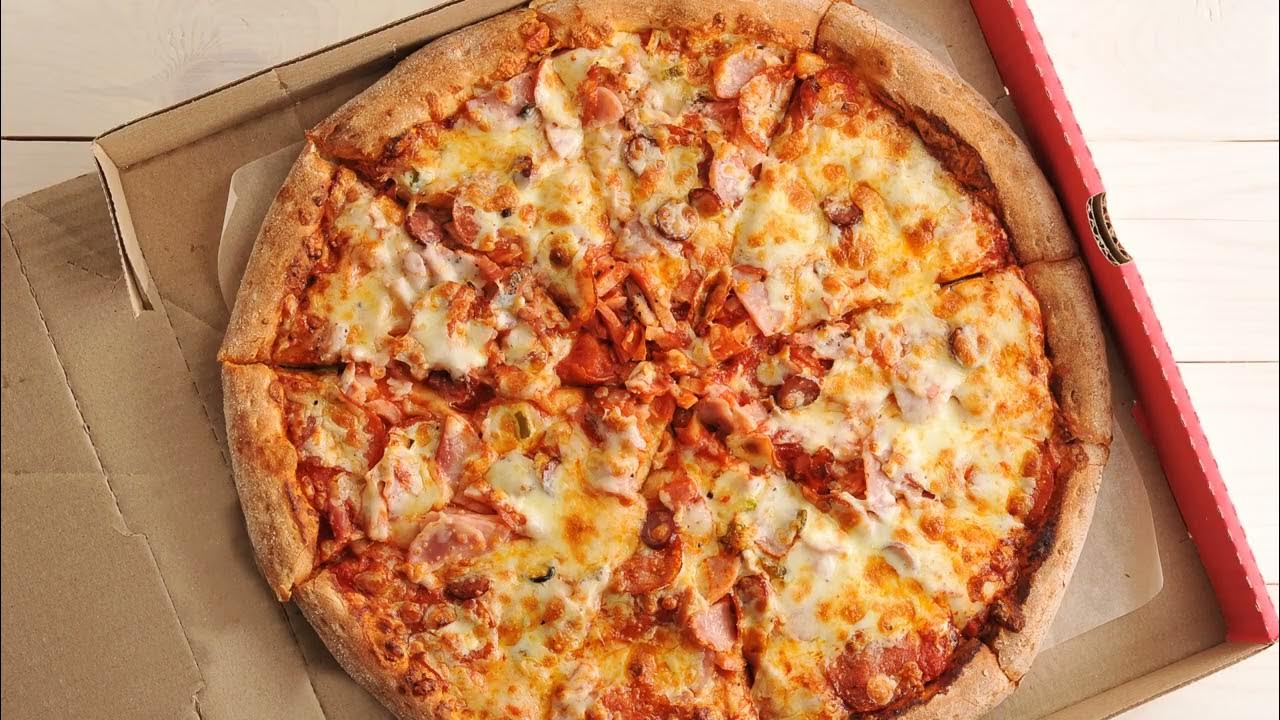Part 2 of 6: Holding Time and Temperatures
Summary
TLDRThis video script addresses the top five causes of foodborne illness in the U.S., highlighting improper holding temperatures as the primary cause. It emphasizes the importance of keeping hot foods hot and cold foods cold, avoiding the 'danger zone' of 41-135°F where bacteria multiply rapidly. The script offers practical advice on cooling food safely, such as using an ice bath and shallow pans, and stresses the need for proper refrigeration to prevent bacterial growth. It debunks myths about refrigeration stopping bacterial growth and unsafe food thawing methods, advocating for safe practices like thawing in the refrigerator or under cold running water.
Takeaways
- 🔥 The top five causes of foodborne illness in the U.S. are improper holding time and temperatures, poor personal hygiene, inadequate cooking, contaminated equipment, and food from an unsafe source.
- 🌡️ Improper holding temperatures are the number one cause of foodborne illness, emphasizing the need to keep hot foods hot and cold foods cold.
- 🚨 The temperature danger zone is between 41°F and 135°F, where harmful bacteria can rapidly multiply, especially if food remains in this range for over 4 hours.
- ⏱️ Proper cooling of food is crucial, aiming to reduce the time food spends in the danger zone, with specific methods like using an ice bath, shallow pans, smaller portions, and frequent stirring.
- 🍽️ Cooling potentially hazardous food involves cooling it from 135°F to 70°F within 2 hours, then from 70°F to 41°F or lower within the next 4 hours.
- 🧊 Never put hot food directly into refrigeration as it can raise the temperature of the unit and risk other foods; use proper cooling techniques before refrigeration.
- 🛑 Overfilling the refrigerator should be avoided as it stresses the refrigeration unit, hinders air circulation, and makes it difficult to maintain consistent cold temperatures.
- ✅ Prioritize refrigerating food as soon as possible after receiving shipments to ensure food safety and prevent bacterial growth.
- 🚫 Never thaw potentially hazardous foods at room temperature; use safe methods like thawing in the refrigerator, under cold running water, or as part of the cooking process.
- 🏠 Refrigeration slows but does not stop bacterial growth, which is a common myth that needs clarification for proper food safety practices.
Q & A
What are the top five causes of foodborne illness in the United States?
-The top five causes of foodborne illness in the United States are improper holding time and temperatures, poor personal hygiene, inadequate cooking, contaminated equipment, and food from an unsafe source.
Why is improper holding temperature the number one cause of foodborne illness?
-Improper holding temperature is the number one cause of foodborne illness because it is a simple principle that is often overlooked. It involves keeping hot foods hot and cold foods cold to prevent the growth of harmful bacteria.
What is the temperature danger zone, and why is it significant?
-The temperature danger zone is any temperature between 41 and 135° Fahrenheit. It is significant because this is the range where harmful bacteria can rapidly reproduce, especially if the food has been in this zone for more than four hours.
How can one properly cool food to reduce the risk of foodborne illness?
-To properly cool food, one should use an ice bath, shallow pans, preferably metal, smaller portions, and frequent stirring. This process should be done before placing the food into the refrigerator.
What is the recommended time frame for cooling potentially hazardous food?
-Potentially hazardous food must be cooled from 135° to 70° within 2 hours and then cooled from 70° to 41° or lower within the next 4 hours.
Why should hot food not be put directly into the refrigerator?
-Putting hot food directly into the refrigerator can raise the temperature of the unit, which can put other foods at risk of spoilage or contamination.
What are some tips for keeping cold foods cold in a refrigerator?
-Tips for keeping cold foods cold include not overfilling the refrigerator, refrigerating food as soon as possible after receiving a shipment, and ensuring someone is available to inspect deliveries and check temperatures.
What are the three acceptable methods of thawing food mentioned in the script?
-The three acceptable methods of thawing food are under cold running water, in the refrigerator, or as part of the cooking process.
Does refrigeration stop bacterial growth, and what is the myth surrounding this?
-Refrigeration slows but does not stop the growth of harmful bacteria. This is a common myth that needs clarification as refrigeration only slows down bacterial growth.
Is it safe to thaw food on the counter at room temperature, and why?
-It is not safe to thaw food on the counter at room temperature because it allows the food to remain in the danger zone, which promotes bacterial growth.
Outlines

This section is available to paid users only. Please upgrade to access this part.
Upgrade NowMindmap

This section is available to paid users only. Please upgrade to access this part.
Upgrade NowKeywords

This section is available to paid users only. Please upgrade to access this part.
Upgrade NowHighlights

This section is available to paid users only. Please upgrade to access this part.
Upgrade NowTranscripts

This section is available to paid users only. Please upgrade to access this part.
Upgrade Now5.0 / 5 (0 votes)





